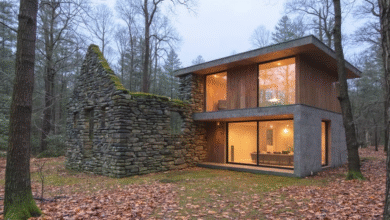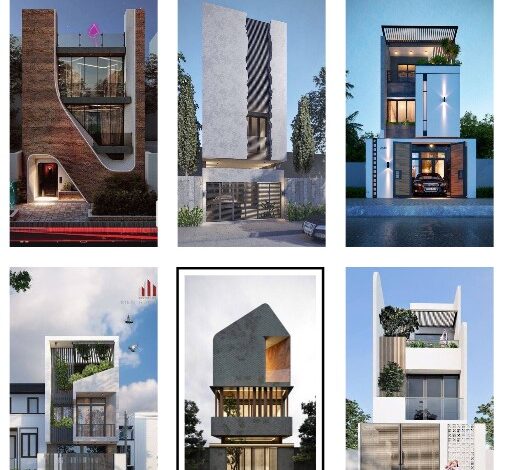
Designing the Facade of a Small House: 10 Tips for Managing Dimension Constraints
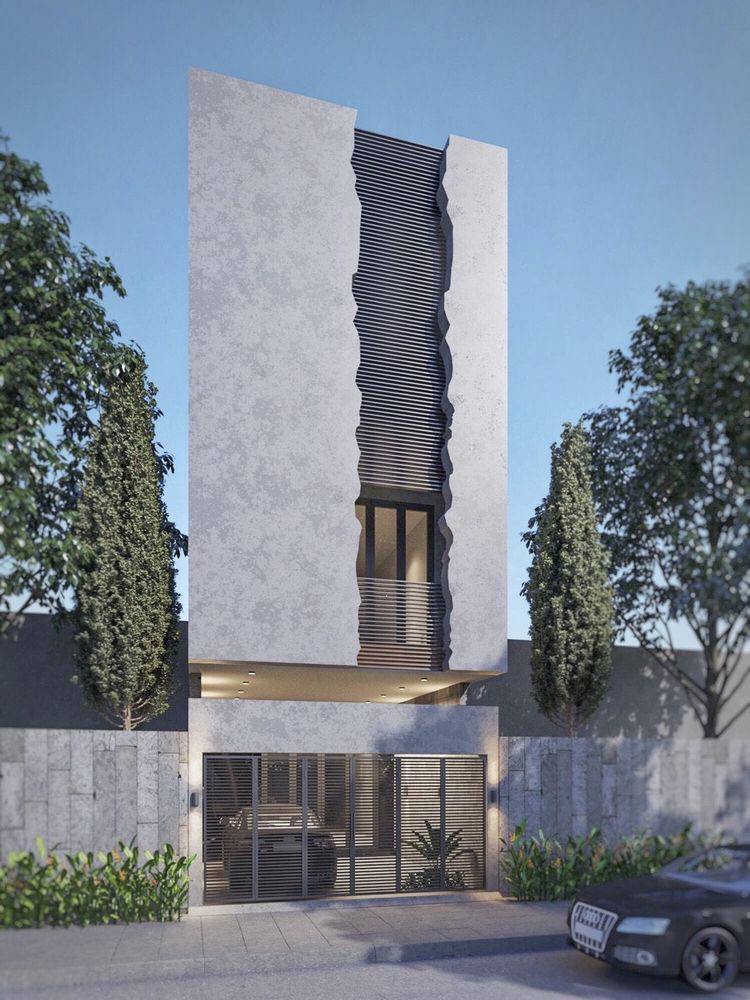
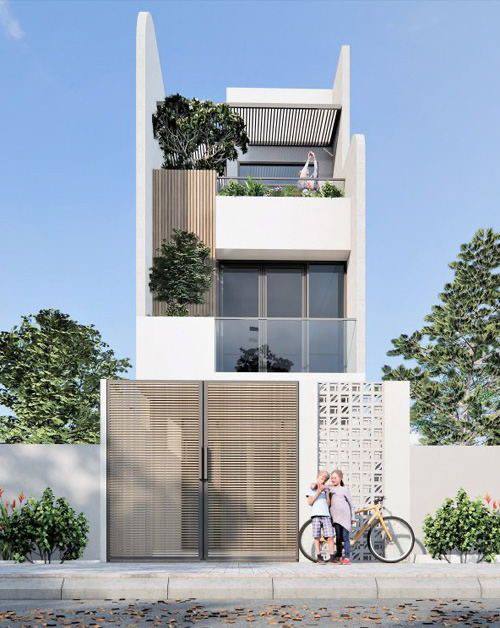
Designing a house facade can be a stimulating challenge, especially when dimensions are limited. Small houses require a clever approach to maximize space while creating an appealing aesthetic. In this article, we will explore 12 essential tips for designing a small house facade while considering all constraints.
1. Analyze the Environment
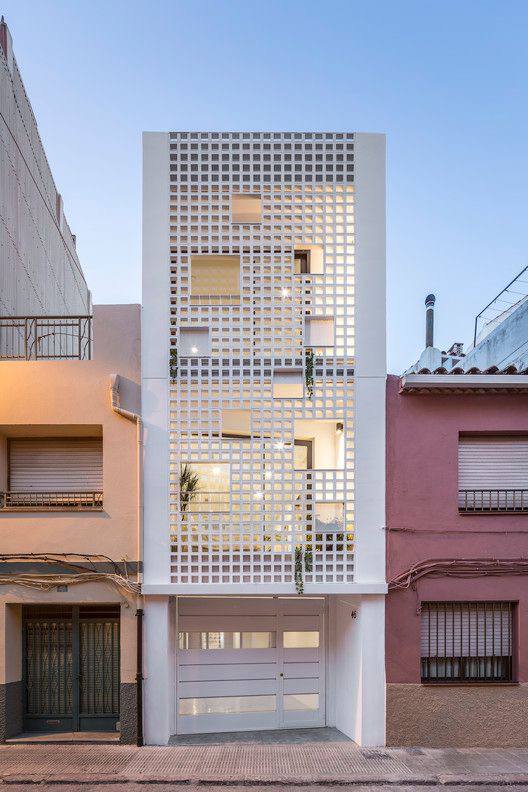
Before starting the design, study the surrounding environment. Consider natural elements such as sunlight, wind, and views. Design the facade to take advantage of these features and create a comfortable, energy-efficient home.
2.Prioritize Functionality
With limited space, every centimeter matters. Opt for functional elements, such as panoramic windows, to bring in natural light and visually expand the interior space.
3. Choose Light Colors


Les couleurs claires comme le blanc, le beige ou le gris clair reflètent la lumière, créant ainsi une illusion d’espace. Intégrez ces teintes dans la palette de couleurs de la façade pour donner une sensation d’ouverture.
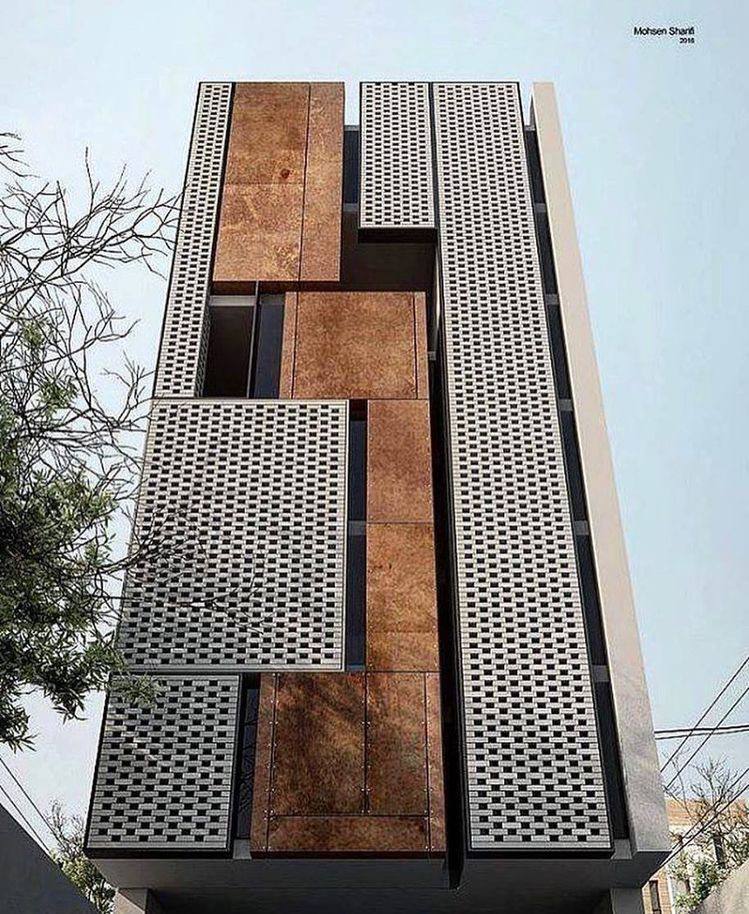
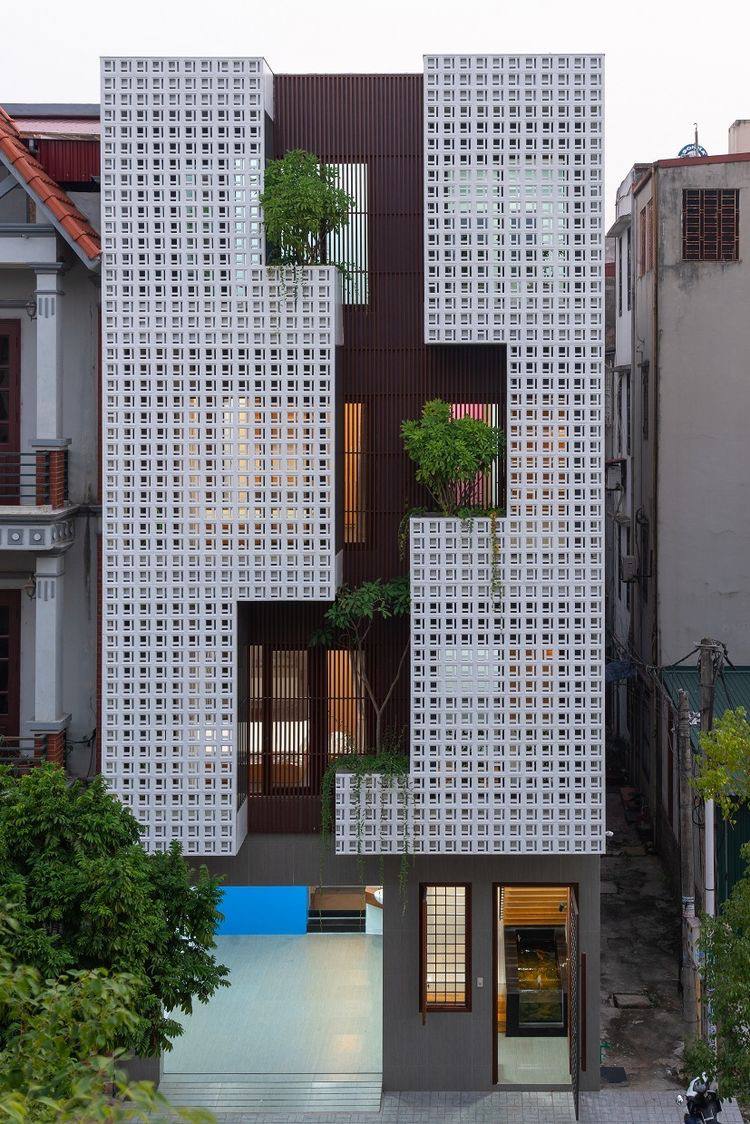
5. use differents Patterns
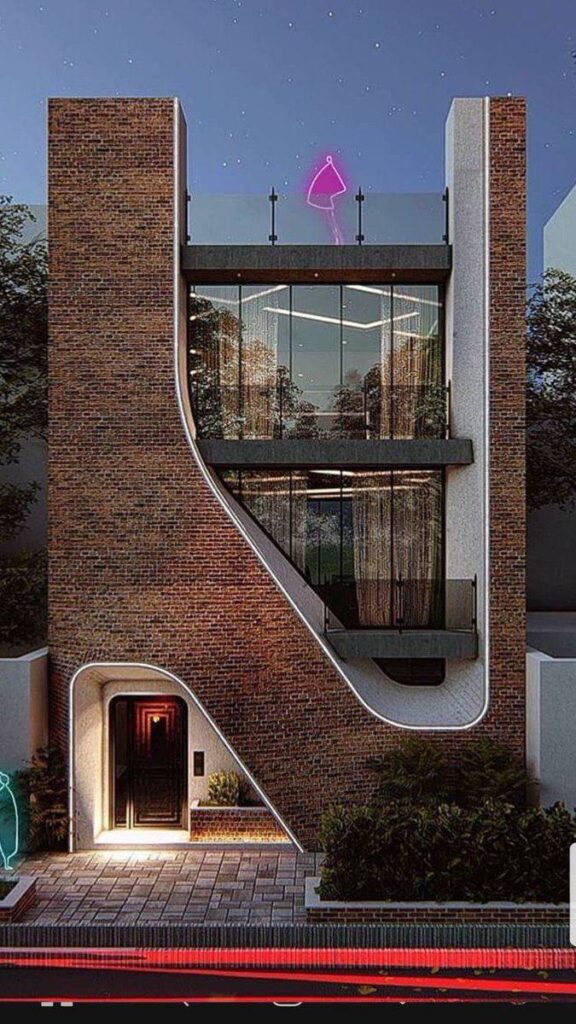
Introduce different textures to add depth to the facade. The interplay between smooth and rough materials can create an interesting visual appeal.
6. Incorporate Vertical Elements
Vertical lines draw the eye upwards, creating the illusion of height. Use columns, screens, or vertical slats to visually enlarge the house.
7. Be Clever with Roofs
If possible, opt for a sloping or multi-level roof to give a vertical dimension to the facade. You can also add a rooftop terrace to maximize outdoor space.
8. Minimize Ornate Details
Complex details can visually overload a small facade. Choose a sleek and minimalist design to create a clean and modern appearance.
9. Create Visual Openings
Use elements such as pergolas, trellises, or panoramic windows to create visual openings that establish a connection between the interior and exterior.
10. Consider Outdoor Lighting and Play with Vegetation
Outdoor lighting can transform the appearance of your facade at night. Incorporate discreet fixtures to highlight key elements and create a warm ambiance.
Integrate green elements such as hanging planters, green walls, or trellises to add life to the facade. Vegetation can also soften the overall appearance.
Designing a small house with dimensional constraints can be complex. Feel free to consult with an architect or professional designer. Their knowledge and experience can help you turn your ideas into reality while adhering to constraints.
In conclusion, designing a facade for a small house with limited dimensions requires a creative and thoughtful approach. By cleverly combining functionality, aesthetics, and constraints, you can create a facade that not only meets your needs but also becomes an attractive element of your living space.


Designing a house facade can be a stimulating challenge, especially when dimensions are limited. Small houses require a clever approach to maximize space while creating an appealing aesthetic. In this article, we will explore 12 essential tips for designing a small house facade while considering all constraints.
1. Analyze the Environment

Before starting the design, study the surrounding environment. Consider natural elements such as sunlight, wind, and views. Design the facade to take advantage of these features and create a comfortable, energy-efficient home.
2.Prioritize Functionality
With limited space, every centimeter matters. Opt for functional elements, such as panoramic windows, to bring in natural light and visually expand the interior space.
3. Choose Light Colors


Les couleurs claires comme le blanc, le beige ou le gris clair reflètent la lumière, créant ainsi une illusion d’espace. Intégrez ces teintes dans la palette de couleurs de la façade pour donner une sensation d’ouverture.


Light colors such as white, beige, or light gray reflect light, creating an illusion of space. Incorporate these shades into the facade’s color palette to give a sense of openness.
5. use differents Patterns

Introduce different textures to add depth to the facade. The interplay between smooth and rough materials can create an interesting visual appeal.
6. Incorporate Vertical Elements
Vertical lines draw the eye upwards, creating the illusion of height. Use columns, screens, or vertical slats to visually enlarge the house.
7. Be Clever with Roofs
If possible, opt for a sloping or multi-level roof to give a vertical dimension to the facade. You can also add a rooftop terrace to maximize outdoor space.
8. Minimize Ornate Details
Complex details can visually overload a small facade. Choose a sleek and minimalist design to create a clean and modern appearance.
9. Create Visual Openings
Use elements such as pergolas, trellises, or panoramic windows to create visual openings that establish a connection between the interior and exterior.
10. Consider Outdoor Lighting and Play with Vegetation
Outdoor lighting can transform the appearance of your facade at night. Incorporate discreet fixtures to highlight key elements and create a warm ambiance.
Integrate green elements such as hanging planters, green walls, or trellises to add life to the facade. Vegetation can also soften the overall appearance.
Designing a small house with dimensional constraints can be complex. Feel free to consult with an architect or professional designer. Their knowledge and experience can help you turn your ideas into reality while adhering to constraints.
In conclusion, designing a facade for a small house with limited dimensions requires a creative and thoughtful approach. By cleverly combining functionality, aesthetics, and constraints, you can create a facade that not only meets your needs but also becomes an attractive element of your living space.



